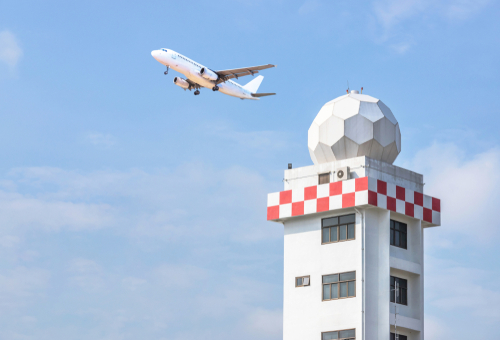
A signed agreement between the International Air Transport Association (IATA) and the World Meteorological Organization (WMO) is targeting enhanced commercial aircraft automated meteorological data reporting.
The WMO and IATA Collaborative AMDAR Program (WICAP) seeks to expand the existing WMO Aircraft Meteorological Data Relay (AMDAR) system to ensure coverage over data-sparse areas.
“One of the many unfortunate aspects of the COVID-19 crisis has been the severe loss of up to 90 percent of aircraft-derived meteorological data as a result of the steep decline in airline operations and passenger flights since March 2020,” WMO Secretary-General Professor Petteri Taalas said.
The initiative is supported by approximately 40 airlines and covers several thousand passenger and cargo aircraft.
“Meteorological services and other data providers have tried to offset this loss, but there has been a measurable negative impact on the accuracy of weather forecasts as a result of AMDAR data reductions,” Taalas concluded.
The AMDAR observing system produces over 800,000 high-quality observations per day of air temperature and wind speed and direction. It is paired with the required positional and temporal information and an increasing number of humidity and turbulence measurements are made.
“Safety is aviation’s highest priority and ensuring airlines and other safety stakeholders have access to the most comprehensive and reliable weather forecast data is vital to achieving this,” Alexandre de Juniac, IATA’s director general and CEO, said. “It is important that in rebuilding and re-establishing their operations, airlines are able to take advantage of all available cost and operational efficiencies. One such efficiency can be derived from the enhanced use of better-quality weather forecasts and other meteorological information that results from the improved availability of AMDAR data.”